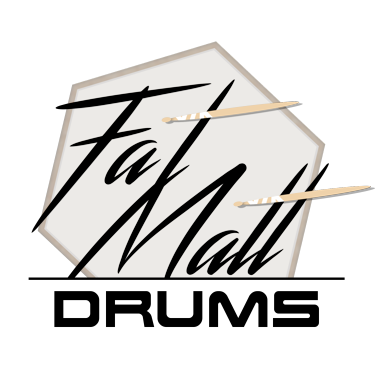Check Me is a roll builder that works especially hard on the standard check breakdown of 7-stroke rolls appearing before and after eighth notes. In my own practice and teaching, honestly, I never run this breakdown. It feels weird to play 8th-note triplets offset by an eighth note, and the more impactful breakdowns of upbeat triplet rolls are the ones that emphasize the second note of the diddle appearing on the upbeat (or downbeat).
In other words, I find it easier to understand upbeat triplet rolls by hearing all of the sextuplets and checking the appropriate ones against the upbeat and downbeat. Additionally, being able to hear all of the sextuplets and check the appropriate ones against the upbeat and downbeat is an invaluable skill for playing all kinds of triplet rolls (even the most normallest triplet rolls in the world). So when my students encounter upbeat/offset triplet rolls, I use it as an opportunity to open their ears and their minds to the reality of rolls as “rhythms with a certain sticking”… rather than leaning on the “check into roll” paradigm when the check is probably the least solid thing in the student’s head.
Having said all that, I do not have the hubris it would take to say that it is worthless to rehearse this check pattern—I simply choose to do something else that is already important otherwise and seems to achieve the same end result. In fact, by giving this check pattern a chance, I came up with this kinda hip sounding warm-up. And everything I’ve said above about hearing sextuplets applies perfectly to the second half of the piece anyway, so now you have the whole package!
Edit 14 November 2021: I’ve added some variations to this piece: first, to relate the roll patterns to the 8th-note breakdown, so now you truly do get the whole package; and second, to include up-beat triplet roll figures that do not switch hands, since those appear at least as frequently in rudimental music as ones that do.







